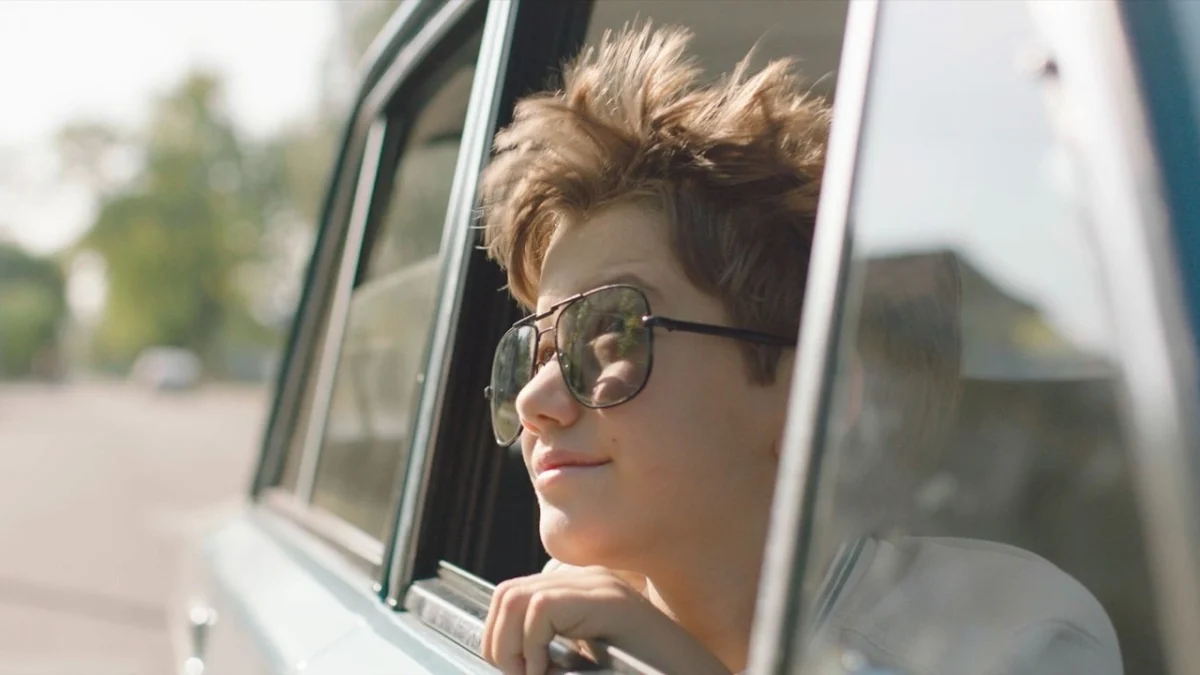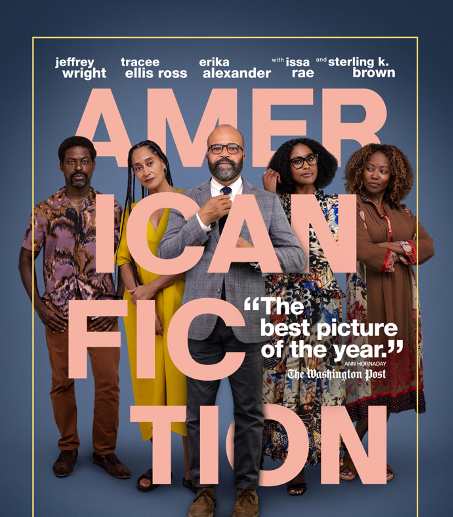“Howl,” titled after Allen Ginsberg’s most famous poem, opened this weekend at Amherst Cinema. On Saturday night, writers and directors Rob Epstein and Jerry Friedman were on hand to present the movie and answer questions afterwards.
The film recalls the 1957 obscenity trial of Lawrence Ferlinghetti, who was charged with publishing Ginsberg’s controversial volume, “Howl and other Poems.” The film explores the historical significance of the trial, critically examines the poem and its legacy, and opens a window into Ginsberg’s artistic mind.
James Franco stars as Ginsberg. Jon Hamm plays Ferlinghetti’s defense attorney, Jake Ehrlich, and Aaron Tveit plays Peter Orlovsky, Ginsberg’s fellow poet and life-long partner.
Franco’s portrayal of Ginsberg is natural and reserved, and believably represents what the poet might have been thinking and feeling at the time of the trial. It’s important to note that every line of dialogue is taken verbatim from court records, interview transcripts, and other historical documents. Everything Ginsberg says in the movie he said so himself at sometime in his life, adding to the authenticity of Franco’s portrayal.
The story follows multiple threads wound together in non-linear fashion. Filmed in black and white is Ginsberg’s debut performance of “Howl” at the Six Gallery, a night later remembered as a historic moment for the Beat Generation. Also in black and white are scenes from Ginsberg’s young life, and an interview in his apartment in which he reflects upon his artistic muse and the process of writing poetry. The obscenity trial is filmed in color, as are several animated sequences that interpret the poem that connect it to specific events in Ginsberg’s life.
The different parts of the film flow together smoothly, each serving its own purpose in the larger framework of the story. But although the film would arguably be incomplete without all of them, some parts are considerably more compelling than others. The trial scenes in particular are among the most satisfying. In these scenes, Ehrlich heroically defends Ferlinghetti against the ignorant prosecution.
Not only are these scenes entertaining, they provide context by depicting the general social and political mood of the times. They also serve as a platform for raising universal questions about freedom of speech and the nature of art: what is and what isn’t art, and why and to whom is it important?
Another intriguing part of the film takes place in Ginsberg’s apartment, where he comments on his own personal meaning of “Howl.” These scenes provide illuminating insight into Ginsberg’s personal life. However, the film is not a traditional biography, where Ginsberg’s life is presented in chronological order, from birth until death. While there is plenty of biographical information to be had, it is discovered according to how it is revealed in the poem. In fact, “Howl” is as much about the poem itself as it is about Ginsberg.
In “Howl,” the poem becomes a lens. It is a means of accessing the emotions that inspired Ginsberg to write the poem in the first place. Through his thoughts and feelings, the film illuminates the oppressive social environment he was experiencing, and reacting to in his poetry. The main point of the film is to ask the essential question, in the words of Friedman, “why this poem, then?”
The film succeeds in this task. It captures in many parts a moving portrait of the poem, the poet, and the generation that received them. It does so with meticulous attention to detail and authenticity. From Ginsberg’s early life and his struggle to get published, to the trial that launched his popularity, the film explains why “Howl” is still a relevant work of art. Not only is the poem the masterwork of one of the 20th Centuries greatest artistic minds, it inspired a universal freedom of speech debate in the public consciousness, a legacy that endures today.
Andrew Cogan can be reached at [email protected].







Jan McDonald • Jan 31, 2011 at 5:42 pm
In spite of less positive reviews, I too enjoyed this movie and the way it brought Ginsberg’s words to life. What I am trying to remember is where at UMASS, I heard, and watched, (from a balcony) Ginsberg recite from HOWL. It came rushing back to me when I saw the blue copy of HOWl at the trial and when Franco did the HOLY, HOLY, HOLY stanza. I can picture Ginsberg in the brickwork? hall on an evening in the fall of 1970 – 71 – 72 – ??? Maybe it was Amherst College, maybe Smith, but I remember the evening and think it was UMASS.
Check out the CD “Writers Speak” with Terry Gross of NPR for a great interview with Ginsberg before he died. Avail. at the library probably – David Sedaris and many others on the CD.
I’m writing from Iowa and the movie never came this way. Just got it from Netflix this weekend. Nice article!